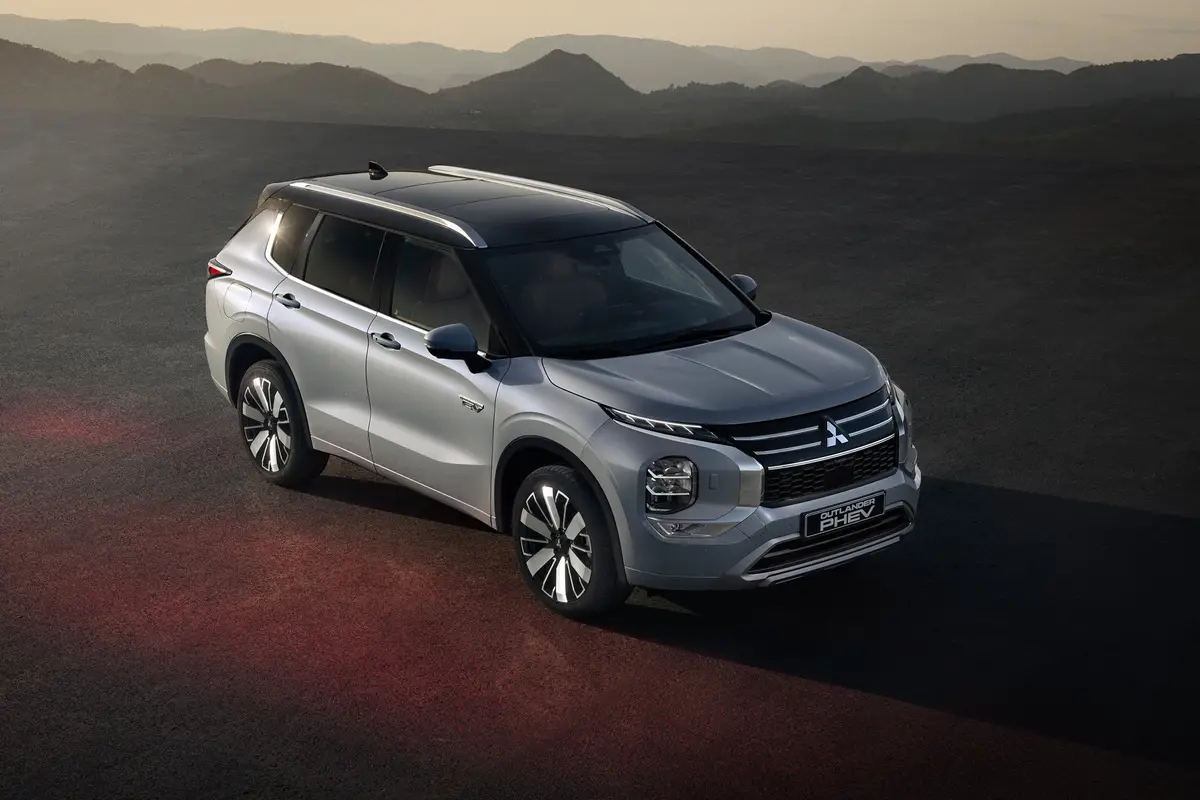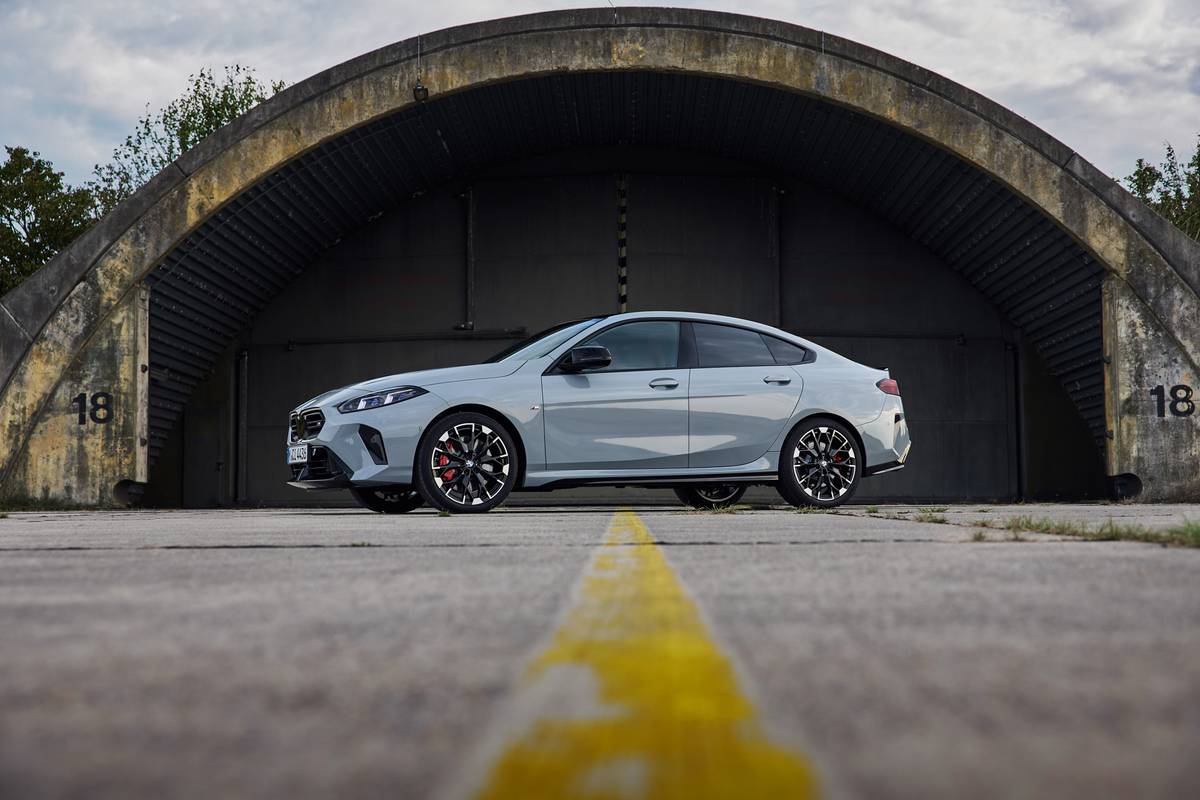The Morning Call and Mcall.com's view
There are sporty cars, there are prestigious cars, there are cars that makestatements, and then there are the bread-and-butter cars; cars that aren’t topic of conversations, nor subjects of songs.
Rather, they are cars that haul people from Point X to Point Y without any pretense or assumptions. They are reasonably priced, practical and oh, so boring. But there are a lot of them around and they certainly do fill a big niche in the automotive marketplace.
Falling smack into the middle of this is the Nissan Sentra four-door notchback sedan, a car one would be hard pressed to get excited over but equally hard pressed to find fault with.
The Sentra is Nissan’s biggest seller, which probably won’t come as a surprise. In fact, it accounts for 30 percent of the company’s model mix and is a perennial strong contender in the fiercely competitive economy car market. So, exciting it may not be, but profitable it certainly is.
Just to give a little rundown on buyers of this model, Nissan claims the four-door sedan is purchased primarily by parents to use for family transportation, while the two-door sedan and hatchback are often purchased by young singles or first time buyers, and by families who buy the car for their children’s use. The purchasing decision is based mostly on price and practicality.
The four-door notchback’s styling, like similarly styled cars – and there are a number of them on the market – is a product of the two-box school of design; that is, a large box on the bottom and a smaller box on top. (The Sport Coupe version of the Sentra is a much more attractive looking car with sporty lines. But that is a different story.) Basic dimensions of this front- wheel drive car include a wheelbase of 95.7 inches, length of 168.7 inches, width of 64.6 inches, height of 54.3 inches and curb weight of 2,224 pounds.
With an EPA index volume of 100 cubic feet (88 passenger compartment, 12 cargo), it is a compact (100 to 109 cubic feet) but barely. There’s room for five, if the three rear seat passengers aren’t large. The driver and front seat passenger have the best of it with decent, all-around room. The bucket seats are a little skimpy, but this is an economy car. Rear seat leg room depends on just how far those front seats are extended. Leg room is decent to the halfway point then gets very tight. The trunk has a flat floor (with the spare stored below) that at 12 cubic feet is decently sized. The rear seatbacks can be folded forward to provide additional cargo space and room forlonger objects.
The test car was an XE model, a step up from the base E model, and had a nice level of interior trim and appointments. It certainly wouldn’t be mistaken for a luxury car but it is a little more than basic transportation. The cloth upholstery is somewhat attractive and probably will be long wearing.
With a three-speed automatic transmission (a five-speed manual is standard), the test car w as not difficult to drive. In fact, first time drivers wouldn’t have any problems. Just drop it in drive, aim in the general direction and away you go. No pain, no strain. Instruments and controls are located where you would expect to find them and need no interpreting. Nothing fancy and nothing tricky.
The large glass surface provides excellent visibility, and maneuvering and parking are a snap. It is not difficult to see that beginning drivers would enjoy driving this car.
Powering the Sentra is a 1.6-liter/98-cubic-inch single-overhead-cam four- cylinder engine. This engine has been in use for several years now and the bigrecent change was fuel-injection, replacing the two-barrel carburetor. The engine is rated at 71 horsepower at 5,000 rpm and 94 foot pounds torque at 2,800 rpm.
This isn’t a lot of power these days even in an economy car, so it shouldn’t come as a surprise that performance is far from dashing. At best, performance is adequate. Perhaps with t he five-speed manual things would be a little crisper at the bottom and top end but probably not that much more.
Fuel mileage isn’t bad but the convenience of the three-speed automatic does take its toll. The test car averaged 19 miles per gallon for city drivingand 26 mpg over the highway.
As with everything else in life, the price of an economy car, especially a Japanese economy car, isn’t what it used to be. Full price on the XE four- door, automatic test car came to $11,829. The price reflected a base of $10,844, which included a nice level of trim and a fair number of standard equipment items; the car’s one option, air conditioning at $735, and a delivery charge of $250.
The Sentra line starts with a base price of $6,699 for the standard two- door to $11,869 for the SE Coupe with automatic. So, as the saying goes, pay your money and take your choice.
The Sentra, as well as other vehicles in the Nissan lineup, is covered by a12-month/12,500-mile basic warranty on the entire car, a 36-month/36,000- milewarranty on the powertrain and electronics, and a 60-month/unlimited mileage warranty on corrosion perforation.
Latest news



